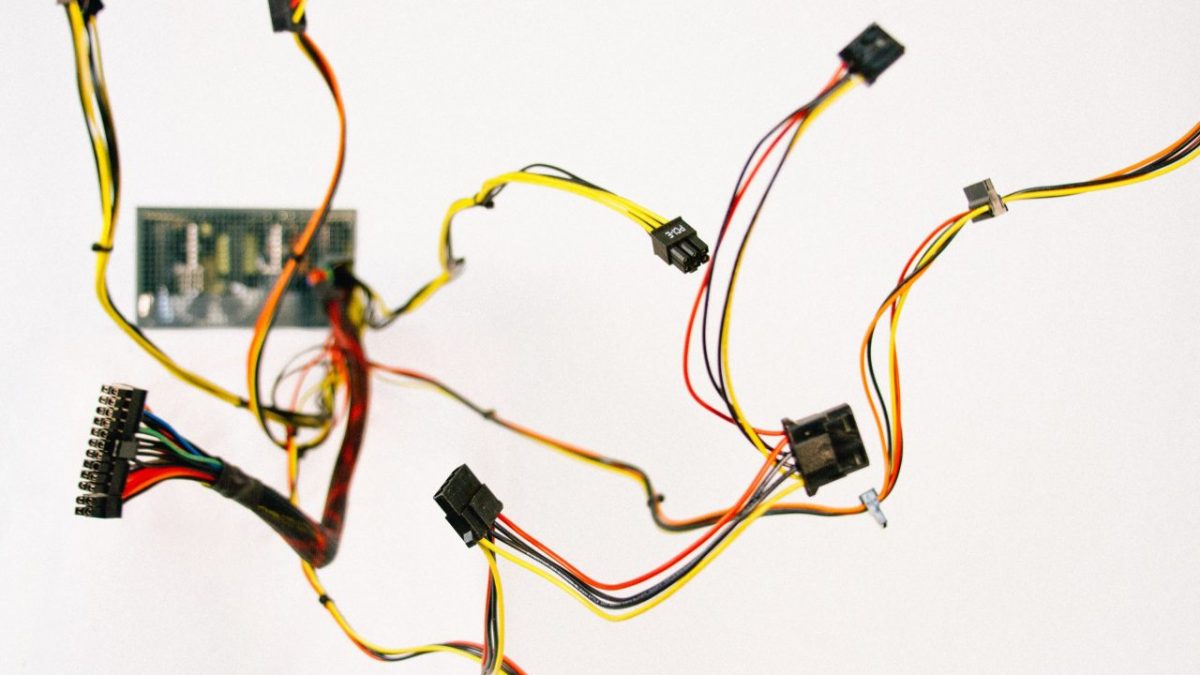- Mail:
- info@digital4pro.com
Wireless geographic networks: Organization of the cellular network

Blockchain: Permissionless vs. Permissioned
10 Febbraio 2020
Reti geografiche wireless: Organizzazione delle reti cellulari
17 Febbraio 2020The concept of cellular radio electric coverage is based on the distribution of several low power Base Stations (BS) covering small areas called cells. It is precisely from this architecture that the cellular name derives. Each cell is assigned a group of radio channels which is reused to cope with the large number of users and the limited frequency spectrum available for mobile radio networks.
A cellular network is based on the use of a large number of low power transmitters, in the order of 100 watts or even (much) less. Since the operating range of these transmitters is small, an area must be divided into cells, each of which will be served by its own antenna. A frequency band is allocated to each cell and furthermore each cell will be served by a base station consisting of a transmitter, a receiver and a control unit. Different frequencies are assigned to adjacent cells to avoid interference or crosstalk.
However, cells sufficiently distant from each other can reuse the same frequency bands, leading to an increase in the capacity in terms of users that the system can manage.
When arranging cells to cover an area, designing a matrix of square cells is not ideal. If the width of a square cells d, then a cell will have four bordering at a distance d and four bordering at a distance d= √2 *R.
While a mobile user moves inside a cell heading towards its borders, it is better that all adjacent antennas are equidistant. This makes it easier to determine when to switch the user to an adjacent antenna and which antenna to choose. An arrangement with equidistant antennas is guaranteed by a hexagonal pattern.
The radius of a hexagon is defined by the radius of the circle that circumscribes it (i.e. the distance from the center to a vertex, corresponding to the length of the side of the hexagon). For a cell of radius R, the distance between the center of the cell and the center of each adjacent cell will be d = √ 3 *R. In practice, it is never possible to create a precise hexagonal scheme due to topographical limits, local conditions of signal propagation, practical limitations regarding the arrangement of the antennas but, above all, due to the authorization difficulties in the installation of the antennas in the area.
With a cellular or wireless system, there are limits regarding the reuse of the same frequency for different communications since the signals, not being bound, can interfere with each other even if they are at a certain distance between them. Systems that support a large number of simultaneous communications also require the adoption of spectrum saving mechanisms.
Bibliography:
- Radio resource Management in Cellular Systems, Nishith D. Tripathi, Jeffrey H. Reed, Hugh F. VanLandingham
- Principles of Mobile Communication, Gordon L. Stüber
- Broadband Wireless Mobile, W. W. Lu




